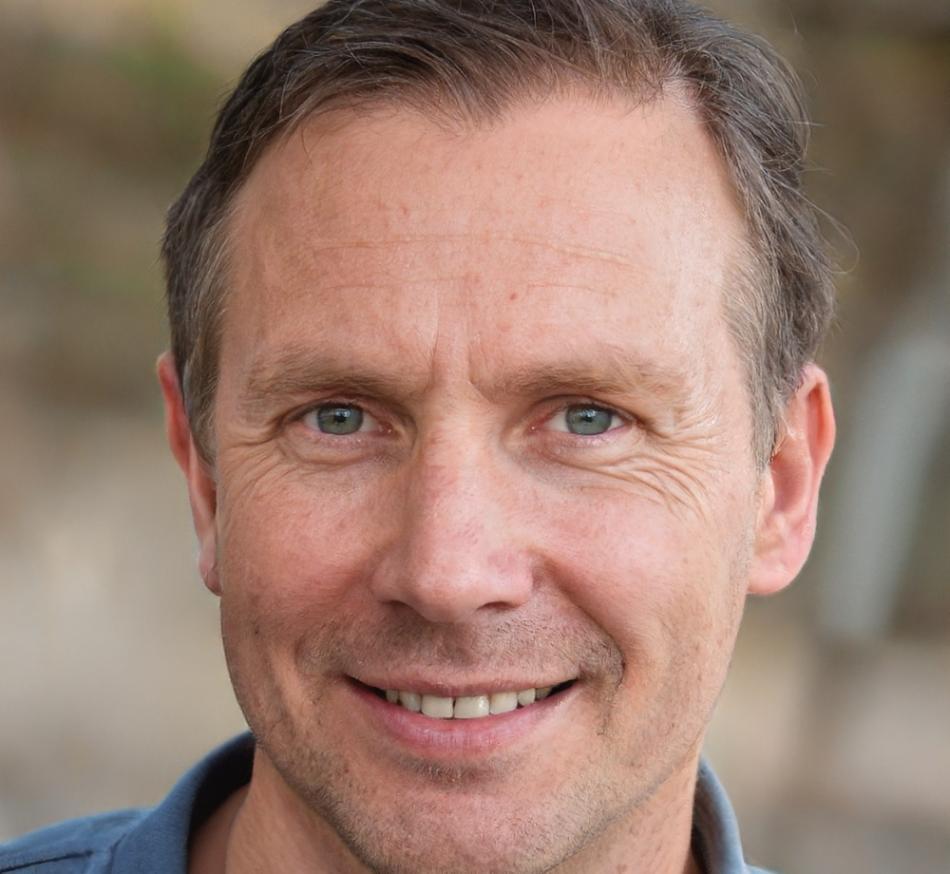Master Financial Modeling Through Real Practice
Our structured program runs through September 2025 and focuses on building actual skills—no shortcuts or empty promises. Just steady progress with instructors who've spent years in the field.
Schedule a Program ConsultationHow We Built This Program
Started small in 2019 with three students and a whiteboard. What you see now came from hundreds of conversations with learners who told us what actually helped them get better.
First Workshop Sessions
Ran weekend workshops from a small office in District 1. We focused on DCF models because that's what companies kept asking for. Three participants became our first success stories when they landed analyst roles within eight months.
Program Expansion
Added merger modeling and scenario analysis after feedback from students already working in finance. They needed more advanced content, so we created it. Moved to our current location on Điện Biên Phủ with proper facilities.
Industry Partnerships
Local firms started reaching out about the quality of our graduates' work. We now collaborate with six companies who provide real case studies. Students work through actual challenges these businesses faced.
Advanced Track Launch
Created specialized paths for professionals looking to shift into financial analysis. This required completely rethinking our approach for people who already understand business but need specific technical skills.
Next Cohort Begins
The fall program incorporates everything we've learned over six years. Smaller class sizes, more hands-on time, and direct feedback from instructors who actually remember what it's like to learn this stuff from scratch.
Time it takes graduates to feel confident building models independently
Total hands-on time with actual datasets over the full program duration
Projects based on businesses operating in Vietnam and Southeast Asia

What Actually Changes After Training
Students tell us the biggest shift happens around month four. That's when formulas stop feeling random and start making sense as tools. You begin seeing patterns in financial statements that you'd miss before.
By month eight, most people can build a three-statement model without constantly checking notes. Month twelve is when valuation work starts clicking. It's gradual, not instant—but that's how skill-building works.
We track progress through monthly project reviews. Instructors give specific feedback on your approach, not just whether your numbers match the answer key. That's the part students say helps most.
Who Teaches the Program
Two professionals who spent years doing this work before teaching it. They know what matters because they've built hundreds of models themselves.

Thorne Cassidy
Lead Instructor, Valuation
Spent nine years as an analyst at mid-sized investment firms before moving into education in 2021. Thorne focuses on making complex valuation concepts understandable without dumbing them down. He's obsessive about formula logic and spends extra time with students who struggle with Excel shortcuts.

Marcus Whitlock
Senior Instructor, Financial Analysis
Worked in corporate finance for twelve years, mostly with manufacturing and retail companies. Marcus joined the program in 2020 after realizing he enjoyed mentoring junior analysts more than climbing the corporate ladder. He's particularly good at explaining why certain modeling approaches work better for specific industries.
How to Join the September Cohort
Applications for the fall 2025 program open in May. We accept twenty students per cohort to keep instructor attention manageable. Here's what the process looks like.
Submit Application
Fill out the form with your background and why financial modeling interests you. We read every application personally.
Phone Conversation
A 30-minute call with one of the instructors to discuss your goals and whether the program fits what you're looking for.
Start Learning
Program begins September 15, 2025. Classes meet twice weekly in the evenings plus weekend workshops once monthly.

What You'll Need
A laptop with Excel installed. That's the main requirement. We provide all datasets and materials. Some basic accounting knowledge helps but isn't required—we cover fundamentals in the first month.
Classes happen at our location in Bình Thạnh from 6:30 to 9:00 PM on Tuesdays and Thursdays. Weekend workshops run 9:00 AM to 1:00 PM on the second Saturday of each month. Plan for additional practice time at home.
Total program cost is covered in the consultation call. We can discuss payment plans that spread the investment over the first six months.